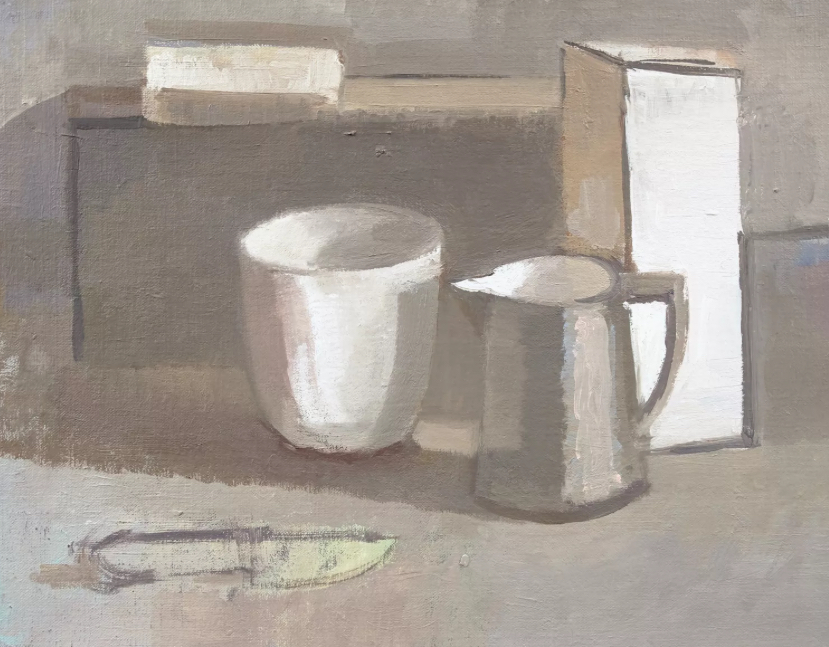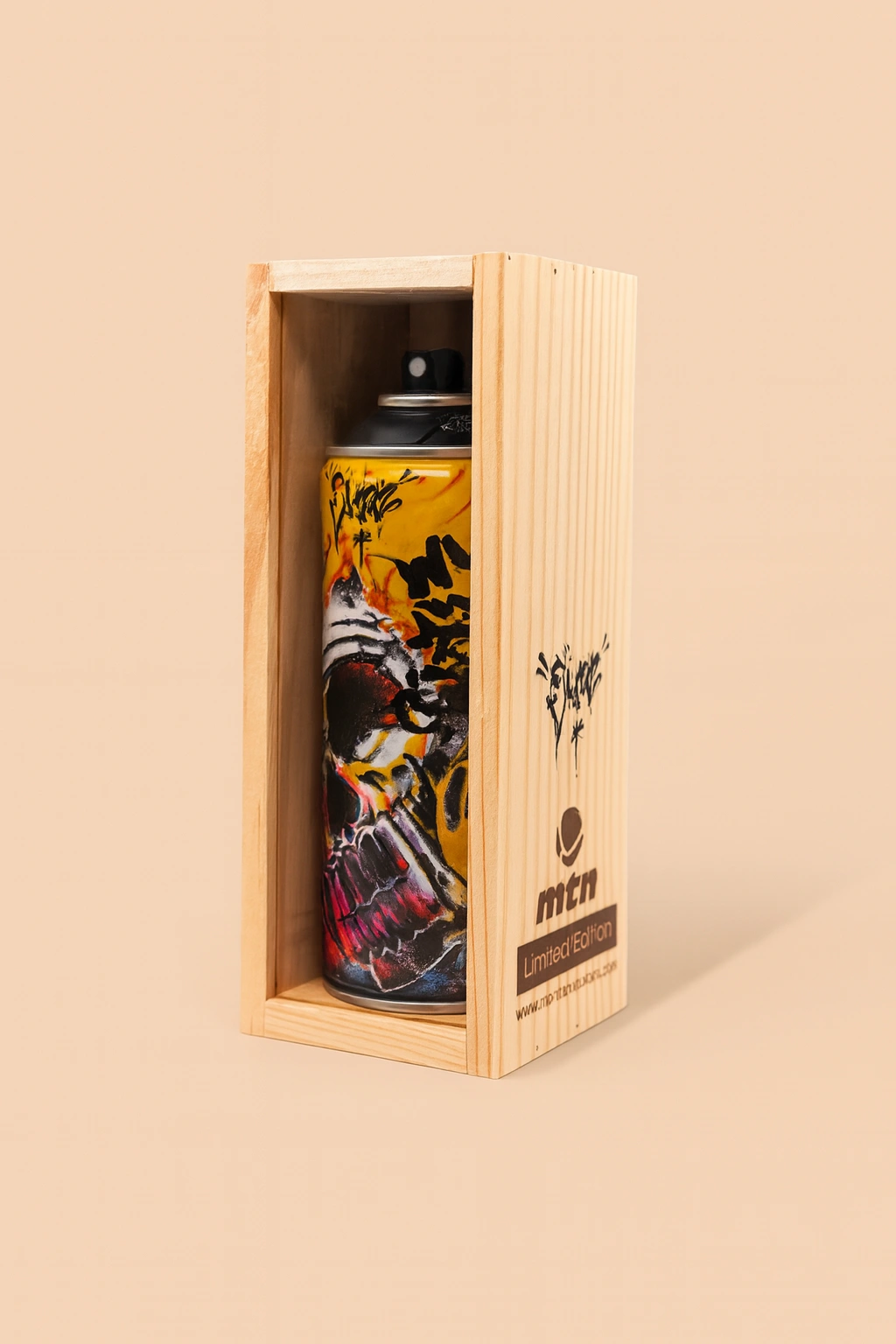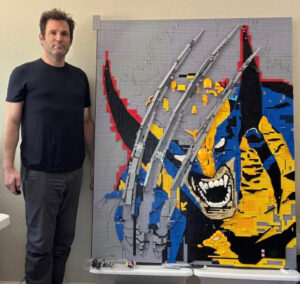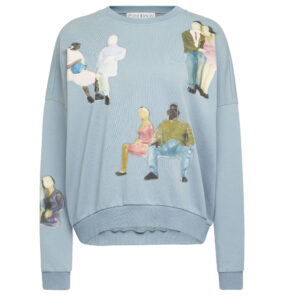There are paintings that describe the world—and then there are paintings that create one. Susannah Phillips’ “Untitled, 1999”, rendered in oil on linen, belongs wholly to the latter category. At once luminous and dense, intuitive and rigorous, this untitled canvas is a unique encapsulation of Phillips’ enduring gift: her ability to conjure emotion and meaning through color, gesture, and spatial ambiguity.
Known for her large-format, color-rich abstract works, Phillips rejects prescriptive narratives in favor of open-ended evocations, inviting viewers to arrive not with expectations but with openness. “Untitled, 1999” operates as a sensorial portal, a non-verbal dialogue between pigment, viewer, and atmosphere.
The Language of Abstraction
In the lineage of American abstraction—stretching from Helen Frankenthaler to Joan Mitchell to Cy Twombly—Phillips is a contemporary heir, but with a voice unmistakably her own. Her use of abstraction is neither cerebral deconstruction nor pure formal exercise. Instead, it feels like embodied thought: painterly instinct giving form to feeling.
“Untitled, 1999” emerges as a case study in this method. Composed of fluid, organic shapes that oscillate between presence and dissolution, the canvas resists fixation. Swaths of vibrant color—warm reds, viridian greens, smoky mauves—overlap with near-transparent washes, inviting the eye to wander, return, reconsider.
There are no central figures, no focal point. Instead, the entire painting functions like a field of sensation, where space breathes and color pulses.
Material and Method: Oil on Linen, Layered Intuition
Medium matters. Phillips’ choice of oil on linen provides a crucial textural register. Unlike canvas, linen possesses a tighter weave and a subtle sheen, allowing oil paint to retain its richness while absorbing into the fibers with softness. In “Untitled, 1999,” this dynamic results in a surface that shimmers—not with gloss, but with optical movement.
Phillips works intuitively, often laying down color in translucent layers, letting each decision inform the next. This method bears resemblance to musical improvisation: a call and response between painter and painting. At times, her brushwork is bold and assertive—thick, expressive strokes that declare presence. At others, it’s ephemeral, like breath or mist, suggesting the impermanence of perception itself.
There’s also a structural intelligence at play. While the composition feels organic, it is never chaotic. Subtle geometries emerge—echoes of gridwork, balance in asymmetry, suggestion of vertical or horizontal flow. In this way, “Untitled, 1999” achieves the paradox that defines great abstraction: the coexistence of freedom and control.
No Narrative, Just Experience
The absence of a title is not evasive—it’s deliberate strategy. Phillips offers no hint, no anchoring image or reference point. As with many of her untitled works, this canvas does not seek to dictate interpretation. Instead, it defers to the viewer, allowing each person to engage on their own terms.
This creates a powerful and rare condition in contemporary art: a space of trust. The viewer is not being led to a conclusion but invited into a silent conversation with color, shape, and mood. What might appear to one person as a landscape dissolving into rain may strike another as the internal topography of memory. Still another might see pure rhythm—a choreography of pigments in motion.
“Untitled, 1999” does not ask you to understand it. It asks you to feel it, to spend time inside it, and to let it change slightly each time you return.
Color as Subject
Perhaps the true subject of this painting is color itself—how it behaves, how it interacts, how it communicates beyond language. Phillips’ palette is bold without being loud, harmonious without becoming polite. She uses color relationally, allowing one hue to activate or soften another, creating chromatic tensions that energize the canvas.
The red, for example, does not dominate—it glows, tempered by cooler hues and grounded by earthy undertones. Greens emerge not as static fields but as shifting veils, at once serene and unsettled. There are moments where color nears the edge of form, hinting at botanical life, marine flow, or bodily gesture—yet always returning to abstraction.
This complexity makes “Untitled, 1999” endlessly rewarding. You don’t look at it—you look with it, as if borrowing its eyes for a moment. It trains perception, slowing down the instant of looking into a sustained act of attention.
Context Within Phillips’ Oeuvre
By 1999, Susannah Phillips was already a respected figure in the abstract art world. Her paintings had been shown in both solo and group exhibitions across the United States and internationally. While she has been occasionally aligned with movements like lyrical abstraction and New York School legacy, Phillips has remained largely independent, resisting categorization.
“Untitled, 1999” falls into what some critics describe as her mid-career evolution—a period where she fully embraced the emotive potential of form, pushing color and gesture into more atmospheric, less structured territory. This work feels less about assertion and more about invitation. It neither commands attention nor shouts its presence. Instead, it waits for the viewer to enter on their own time, offering something new at each encounter.
Compared to her earlier, more angular compositions or later, moodier tonal experiments, this 1999 painting represents a pivot toward translucency, toward an almost spiritual openness.
Reception and Legacy
Although Phillips never courted fame in the traditional art market sense, her work has found a strong resonance in critical circles, academic environments, and among serious collectors. Her paintings often appear in private galleries, university museums, and curated contemporary collections where the focus is less on hype and more on painterly inquiry.
“Untitled, 1999” has become emblematic of her quiet power—frequently cited in essays on contemporary abstraction, color theory, and the role of intuition in visual art. It is a painting that whispers its way into memory, not by spectacle but by subtle insistence. For many who have encountered it, the painting becomes a personal touchstone—something returned to in moments of reflection, creativity, or emotional searching.
In an art world often obsessed with the conceptual or ironic, Phillips’ work—especially this piece—offers a sanctuary of sincerity.
Impression
Susannah Phillips’ “Untitled, 1999” reminds us of what painting can still do in an age of digital saturation and instant imagery. It can slow us down, it can awaken our senses, and it can provide a space where language dissolves and feeling becomes form.
The canvas, like much of Phillips’ best work, doesn’t propose a solution or deliver a message. It opens a door, quietly, persistently. Step through, and you enter a world made not of objects or statements, but of presence, pulse, and possibility.
No comments yet.








